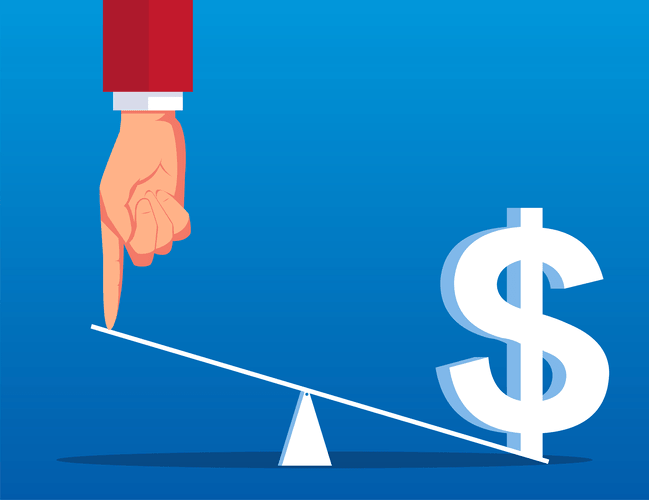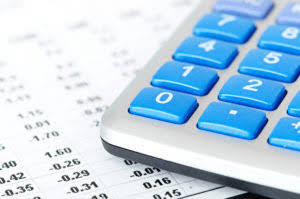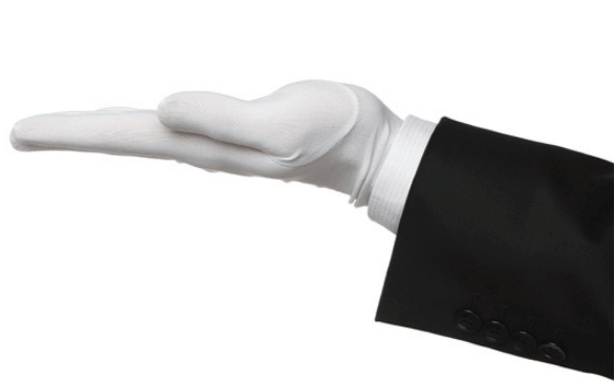What is Salvage Value and How to Estimate It in Your Capital Budgeting Analysis

It is important to note that there are common mistakes that people make when evaluating the salvage value of an asset. These mistakes can lead to inaccurate valuations, which can have significant financial implications assets = liabilities + equity for all parties involved. When it comes to assessing the worth of an actual total loss in insurance claims, one crucial factor that comes into play is the salvage value. Salvage value refers to the residual value of a damaged or destroyed property that can be recovered or sold after an accident or loss. This value is an important consideration for insurance companies as it can significantly impact the final payout amount.
How Salvage Value Affects Insurance Payout?
Private sales can be a good option for those who are looking for a specific type of vehicle or who want salvage value to avoid the competitive bidding process of a salvage auction. Private sales also offer the opportunity to negotiate directly with the seller and potentially get a better price. However, it is important to keep in mind that private sales may come with risks.
How is Salvage Value Calculated?

If the asset is sold for less than its book value then the difference in cost will be recorded as the loss of the tax values. In this situation, the salvage values calculated are less than the book value. A well-maintained asset retains more value than one that has been neglected. For example, a company car with regular servicing and minimal wear will have a higher resale value than one with excessive mileage and damage. Businesses that invest in maintenance can sometimes increase the salvage value of their assets. This means that after 15 years, the asset is assumed to be worth $10,000, either for resale or scrap metal.

How to Calculate Your ACV and the Salvage Value of Your Vehicle
Salvage value is a commonly used, if not often discussed, method of determining the value of an item or a company as a whole. Investors use salvage value to determine the fair price of an object, while business owners and tax preparers use it to deduct from their yearly tax liabilities. Another example of how salvage value is used when considering depreciation is when a company goes up for sale. The buyer will want to pay the lowest possible price for the company and will claim higher depreciation of the seller’s assets than the seller would. This is often heavily negotiated because, in industries like manufacturing, the provenance of their assets comprise a major part of their company’s top-line worth. To minimize these challenges, businesses should base their salvage value estimates on solid data, consult industry experts, and regularly review financial assumptions.

When an asset or a good is sold off, its selling price is the salvage value if tax is not deducted then this is called the before tax salvage value. You can find the asset’s original price if the salvage price and the depreciation rate are known to you with the salvage calculator. Enter the original value, depreciation rate, and age of the asset into the tool to calculate its salvage value.
- In contrast, Double Declining Balance (DDB), Modified Accelerated Cost Recovery System (MACRS), and 150% Declining Balance Method, do not take it into consideration.
- Since there isn’t a standardized method of determining how much a salvage car is worth, you can negotiate the salvage value of your vehicle.
- Several factors impact how much an asset will be worth at the end of its useful life.
- However, the evaluation process can be challenging, especially when it comes to assessing the worth of an asset that has been damaged beyond repair.
- This is the amount that the insurance company can expect to get by selling the damaged vehicle for scrap or parts.
- For example, if a construction company can sell an inoperable crane for parts at a price of $5,000, that is the crane’s salvage value.
Limitations of Calculating Salvage Value
Asset management is an important aspect of an organization’s financial management, and it plays a vital role in realizing the maximum salvage value of fixed assets. Determining the salvage value of an asset accurately is crucial because it affects the depreciation expense that is recorded over the asset’s useful life. An incorrect estimate of the salvage value can result in an incorrect Sales Forecasting amount of depreciation expense being recorded, which can impact the company’s financial statements. Additionally, an incorrect estimate of the salvage value can also affect the company’s insurance coverage for the asset. Determining the salvage value of fixed assets is an essential aspect of any business that deals with physical assets. Salvage value is the estimated monetary value of an asset at the end of its useful life, also known as its scrap value.
- A car with a salvage title or rebuilt title can be worth thousands of dollars less than a comparable car with a clean title.
- If the salvage value is greater than the book value then income added after deducting the tax, the value/ amount then left is called after-tax salvage value.
- When it comes to determining the salvage value of fixed assets, there are several factors that come into play.
- If the company estimates that the entire fleet would be worthless at the end of its useful life, the salvage value would be $0, and the company would depreciate the full $250,000.
- It is also known as scrap value or residual value, and is used when determining the annual depreciation expense of an asset.
Episode 170: The Illusion of Understanding and the Study Success Cycle

The calculation typically involves analyzing historical data, market trends, and expert appraisals. Salvage value is subtracted from the asset’s cost to determine total depreciable amount. Salvage value is the amount that an asset is estimated to be worth at the end of its useful life. It is also known as scrap value or residual value, and is used when determining the annual depreciation expense of an asset. The value of the asset is recorded on a company’s balance sheet, while the depreciation expense is recorded on its income statement. If a company wants to front-load depreciation expenses, it can use an accelerated depreciation method that deducts more depreciation expenses upfront.
